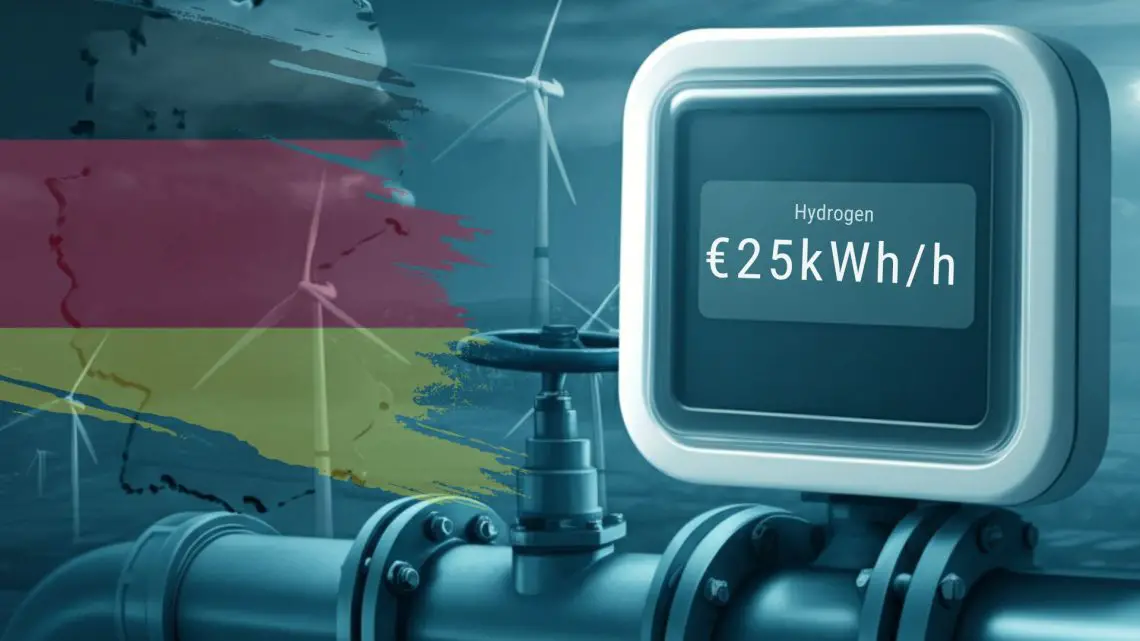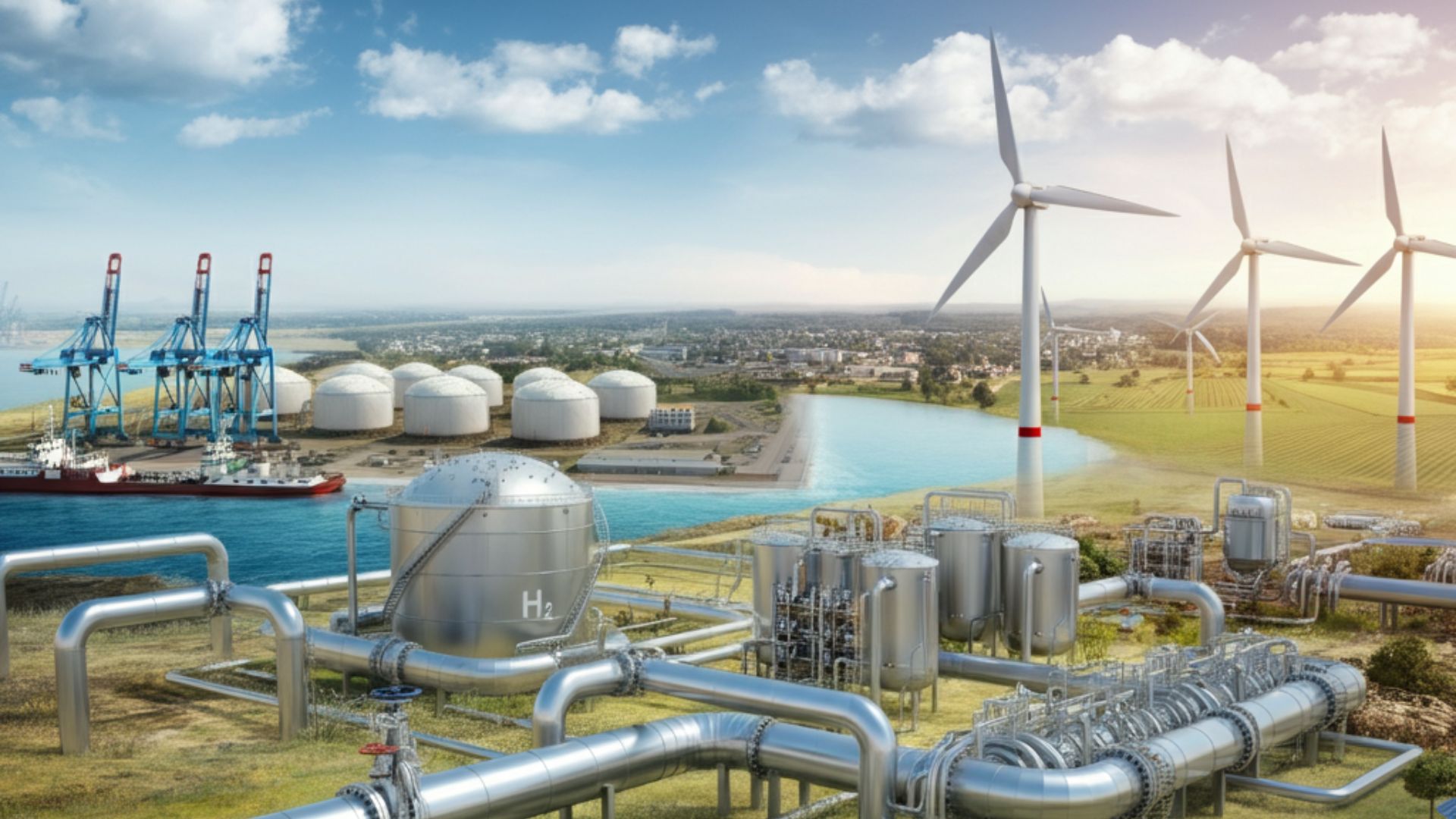
Germany Introduces €25/kWh/h Fee for Hydrogen Network, Setting an Ambitious Course for Clean Energy Transition
March 27, 2025Introduction to the Fee and Its Purpose
Germany has announced a landmark policy designed to accelerate its hydrogen energy revolution. A fixed annual fee of €25 per kilowatt-hour per hour (kWh/h) will be applied to all entry and exit points of the nation’s hydrogen core network until 2055. But what’s the story behind the numbers? This fee, according to Germany’s Federal Network Agency (BNetzA), is a crucial “ramp-up” mechanism. It’s not just a cost; it’s a calculated move to recover the massive upfront investment in infrastructure while keeping costs manageable enough to entice early adoption.
Klaus Müller, president of BNetzA, described the plan as striking a balance between affordability for users and solid financing for the network’s development. How will this play out, and what does it mean for hydrogen’s role in Germany’s energy transition? Let’s dig into the details.
Germany’s Hydrogen Network: A Technological Marvel
Germany’s hydrogen network, known as the “Wasserstoff-Kernnetz,” is nothing short of an ambitious engineering feat. Spanning 9,000 kilometers and expected to expand to nearly 9,700 kilometers by 2037, it aims to connect hydrogen production hubs, seaports, industrial clusters, and storage facilities across the country. Remarkably, 60% of this network leverages existing natural gas pipelines, minimizing waste and maximizing efficiency in construction.
When complete, the system will boast a hydrogen feed-in capacity of 101 GW and an output capacity of 87 GW. It’s not just a network; it’s a backbone for Germany’s energy future. With €24 billion in funding provided through state-backed loans, the country has committed to making hydrogen a central pillar of its decarbonization efforts.
Strategic Fit in Germany’s Energy Transition
Germany has long sought to lead the charge in fighting climate change, and hydrogen fits snugly into this broader energy strategy. By shifting its high-emission industries, like steel and chemicals, from fossil fuels to hydrogen, Germany hopes to slash greenhouse gas emissions in areas that electrification alone can’t address. This network plays a vital role in ensuring these industries can access hydrogen affordably and sustainably.
On top of reducing emissions, the hydrogen network aligns with Germany’s goals of energy independence. By leveraging domestic hydrogen production and green hydrogen imports, the country intends to decrease its reliance on imported fossil fuels, thereby bolstering its energy security.
The fee itself reflects an economic strategy of spreading financial burden. Early-stage revenues will inevitably fall short of network construction costs, but as demand grows, these fees are expected to recoup initial losses and fund ongoing operations sustainably. It’s a classic case of short-term sacrifice for long-term gain.
National and Global Implications
Domestically, this initiative sends a clear signal to industries, municipalities, and even individual energy consumers: get ready for a hydrogen-powered future. The fixed-rate structure and regular price reviews every three years offer transparency while creating a predictable market environment for investments.
On a global scale, Germany is setting a bold example for hydrogen systems as a driver of the energy transition. The hydrogen network isn’t just about internal decarbonization; it’s about integration into a growing global market for green fuels. With eyes firmly set on becoming a hub for hydrogen import and export, Germany aims to establish itself as a key player in supplying clean energy resources to Europe and beyond.
This move could spur more countries to consider hydrogen investment seriously. After all, when the world’s fourth-largest economy signals its belief in hydrogen as a viable long-term solution, the ripple effects are hard to ignore.
Projected Timelines and Future Outlook
The rollout of the hydrogen network won’t happen overnight. Initial phases aim for 525 kilometers of operational pipelines by 2025, with full completion expected by 2037. Key milestones throughout this timeline will include ramped-up hydrogen production, integration of renewable energy sources, and technological innovations like hydrogen storage mechanisms to stabilize supply and demand.
However, challenges remain. The network’s projected cost of €20 billion reflects the scale of investment required, and continual international cooperation will be essential for scaling hydrogen imports. It also remains to be seen if users will fully accept the fixed pricing model and how inflationary adjustments will impact adoption rates.
Looking further into the future, the hope is that this hydrogen network evolves as demand surges. Proposals for flexible pricing schemes, including monthly or daily booking options and discounts for storage-related usage, point toward a maturing system capable of adapting to market shifts.
Conclusion: Synthesizing the Impact
Germany’s introduction of a €25/kWh/h fee for its hydrogen network represents a bold step forward in its clean energy transition. The decision to establish a transparent fee structure and focus on long-term investments underscores the country’s commitment to both decarbonization and economic sustainability.
This is more than just infrastructure development; it’s a national pivot toward low-carbon resilience. For heavy industries, the network promises a viable route to maintaining productivity while slashing emissions. For the global community, it offers a model for how advanced economies can take definitive steps toward climate neutrality.
Will this gamble on hydrogen pay off? Germany’s meticulous planning and comprehensive approach make it clear that this is a marathon, not a sprint. However, the success of this infrastructure, both technologically and economically, will undoubtedly influence the trajectory of hydrogen energy worldwide. For now, the world watches as Germany leads from the front.



 With over 15 years of reporting hydrogen news, we are your premier source for the latest updates and insights in hydrogen and renewable energy.
With over 15 years of reporting hydrogen news, we are your premier source for the latest updates and insights in hydrogen and renewable energy.